2 Specific Gravity Test
Introduction
The specific gravity (Gs)of a material is the ratio of the mass of a unit volume of soil solids at a specific temperature to the mass of an equal volume of gas-free distilled water at the same temperature. The specific gravity of soil is usually reported at 20°C.
![]()
Practical Application
- The specific gravity of soil solid is used in calculating the phase relationships of soils, such as the void ratio and the degree of saturation.
- The specific gravity of soil solids is used to calculate the density of the soil solids.
Objective
The objective of this experiment is:
- To determine the specific gravity of soil solid at 20°C using a pycnometer.
Equipment
- Volumetric flask (500 ml) with a stopper that has a pipe hole.
- Thermometer graduated with a division of 0.1°C.
- Balance sensitive to 0.01 g.
- Distilled water.
- Entrapped air removal apparatus
- Hot plate or Bunsen burner that is capable of maintaining a temperature high enough to boil water
- Vacuum system, vacuum pump, or water aspirator
- Evaporating dishes
- Spatula
- Drying oven
Method
- Clean and dry the volumetric flask.
- Carefully fill the flask with de-aired, distilled water up to the 500 ml mark (The bottom of the meniscus should be at the 500 ml mark).
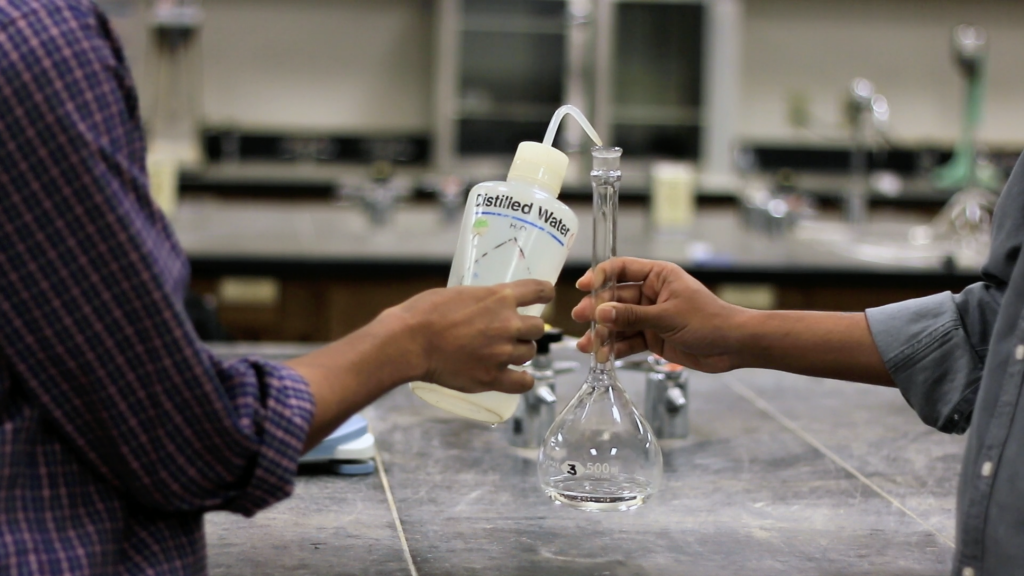
Figure 2.1: Fill the flask with distilled water - Measure the mass of the flask and the water W1.
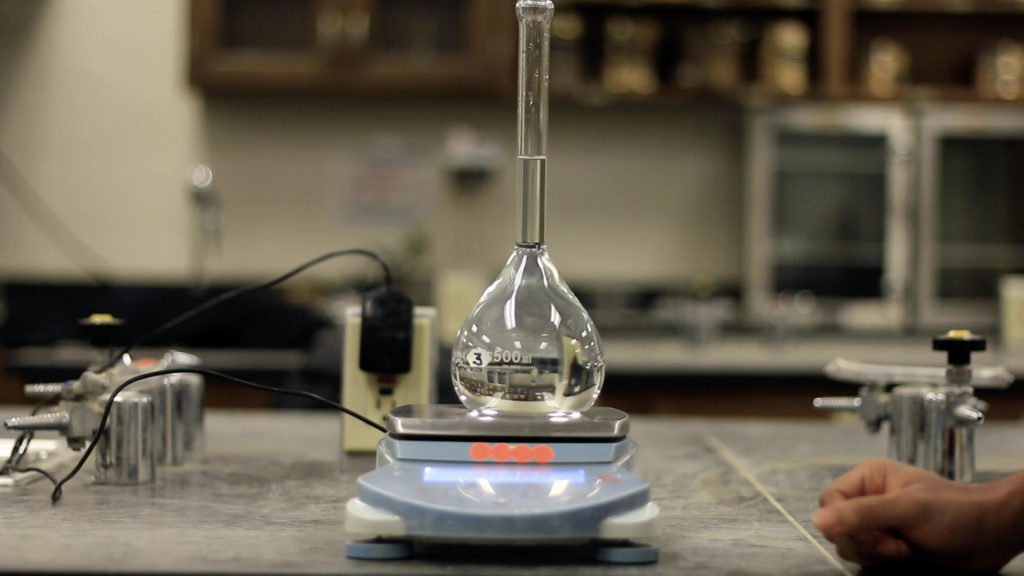
Figure 2.2: Measuring the weight of pycnometer filled with water - Insert the thermometer into the flask with the water to determine the water’s temperature (T= T1°C.)
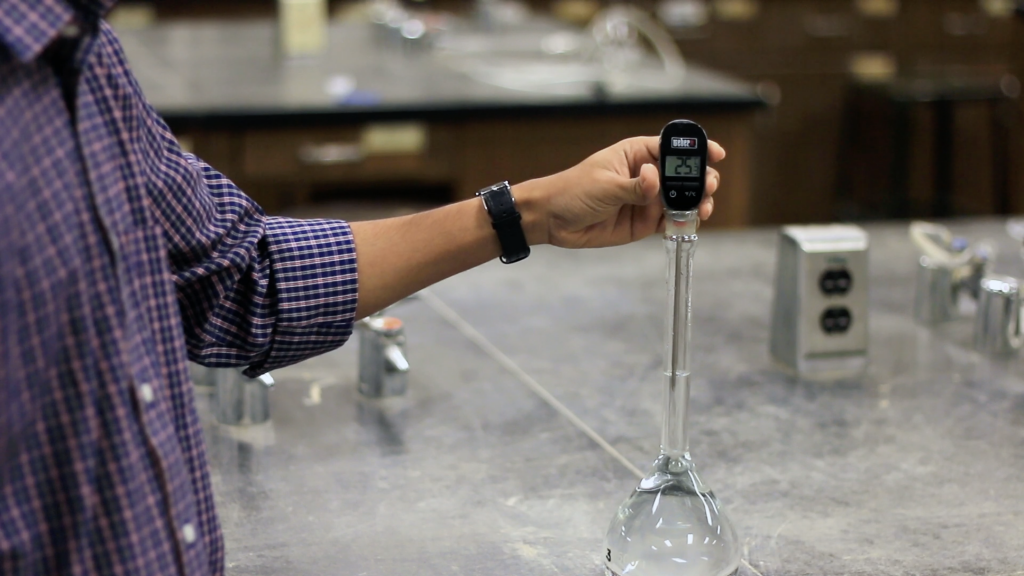
Figure 2.3: Temperature of the water during the test - Put approximately 100 grams of air-dried soil into an evaporating dish.
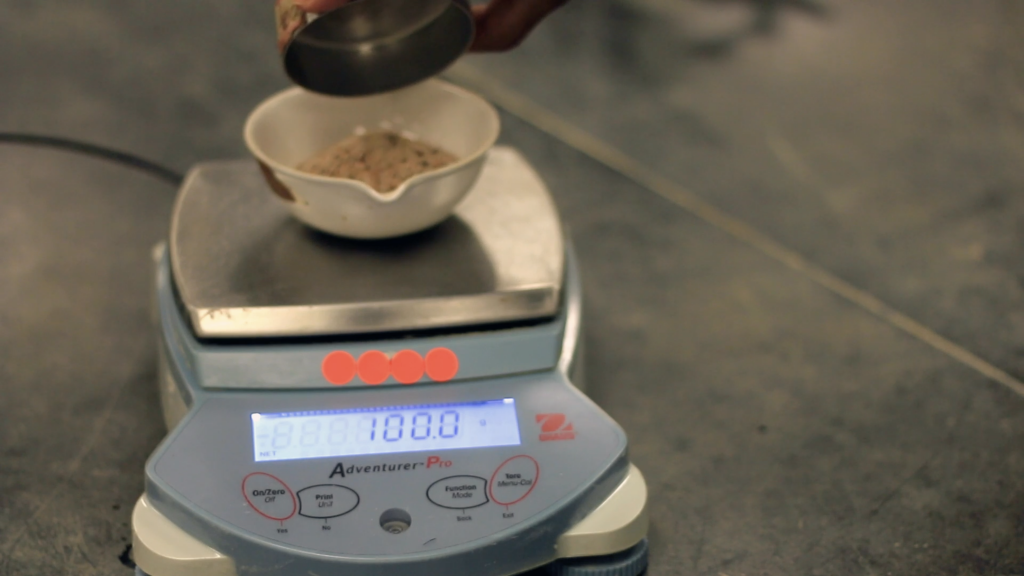
Figure 2.4: Weighing the soil samples - For cohesive soil, add de-aired and distilled water to the soil and mix it until it forms a smooth paste. Soak it for one-half to one hour in the evaporating dish. (This step is not necessary for granular, i.e., non-cohesive soils.)
- Transfer the soil (if granular) or the soil paste (if cohesive) into the volumetric flask.
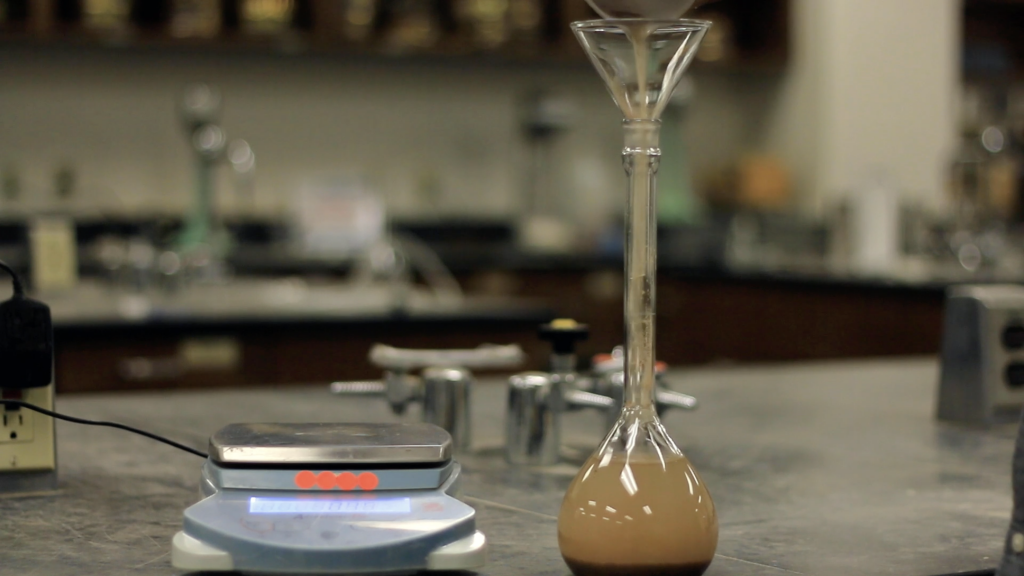
Figure 2.5: Placing the sample in a pycnometer - Add distilled water to the volumetric flask containing the soil or soil paste until it is about two-thirds full.
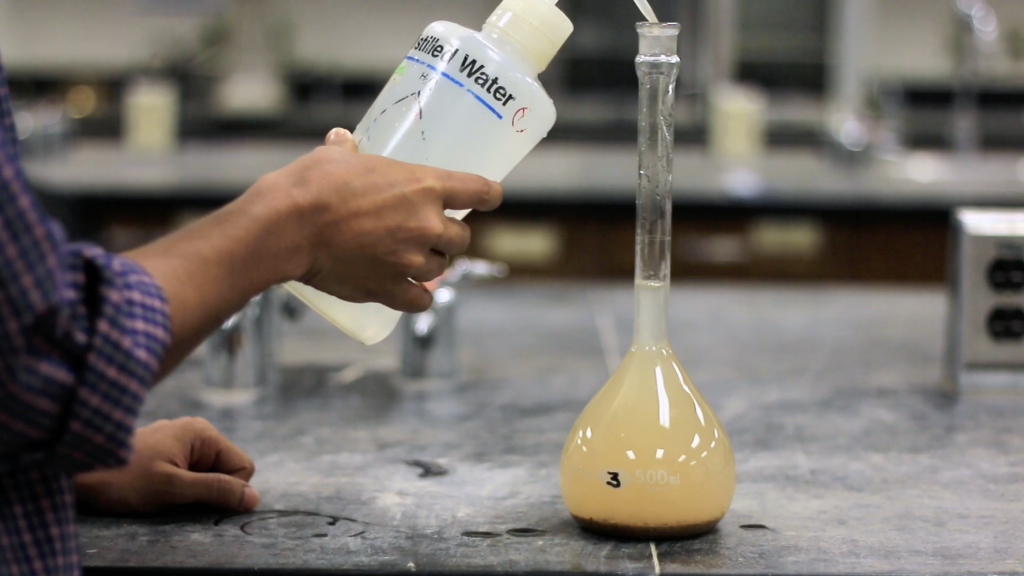
Figure 2.6: Filling the rest of the pycnometer with water - Remove the air from the soil-water mixture by applying a vacuum pump or an aspirator until all of the entrapped air has been removed. Notice that this is an extremely important step, as most errors in the results of the test are due to entrapped air that has not been removed.
- Add de-aired, distilled water to the volumetric flask until the bottom of the meniscus touches the 500 ml mark. Dry the outside of the flask and the inside of the neck above the meniscus.
- Determine the combined mass of the bottle plus soil plus water (W2).
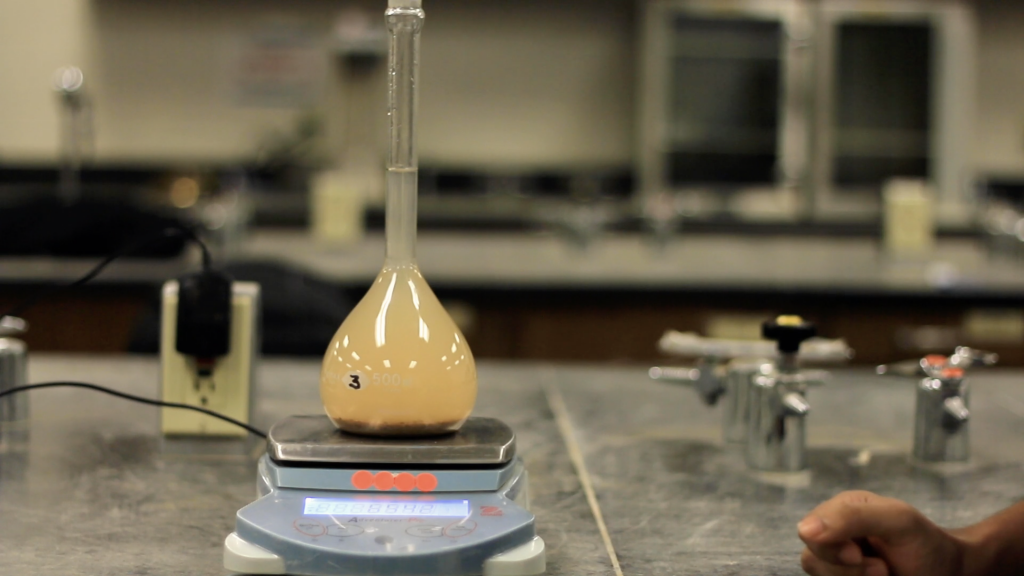
Figure 2.6: Taking the final weight of pycnometer filled with water and soil sample (after theapplication of vacuum) - Pour the soil and water into an evaporating dish. Use a plastic squeeze bottle to wash the inside of the flask, making sure that no soil is left inside.
- Put the evaporating dish into an oven to dry it to a constant weight.
- Determine the mass of the dry soil in the evaporating dish (Ws).
Video Materials
Lecture Video
A PowerPoint presentation is created to understand the background and method of this experiment.
Demonstration Video
A short video is executed to demonstrate the experiment procedure and sample calculation.
Results and Discussions
Sample Data Sheet

Sample Calculation
For Sample no. 1,
Mass of flask + water filled to mark, W1(g)=683 gm
Mass of flask + soil + water filled to mark, W2(g)= 745.1 gm
Mass of dry soil, Ws(g)=100 gm
Water Temperature, T1(°C)= 23°C
Temperature Correction Factor, A (from Table)=0.9993
Specific Gravity, ![]()
Blank Date Sheet

Report
Use the template provided to prepare your lab report for this experiment. Your report should include the following:
- Objective of the test
- Applications of the test
- Apparatus used
- Test procedures (optional)
- Analysis of test results – Complete the table provided and show one sample calculation
- Summary and conclusions – Comment on the specific gravity of the given soil sample
- Average specific gravity at 20°C should be reported to the nearest 0.01.

